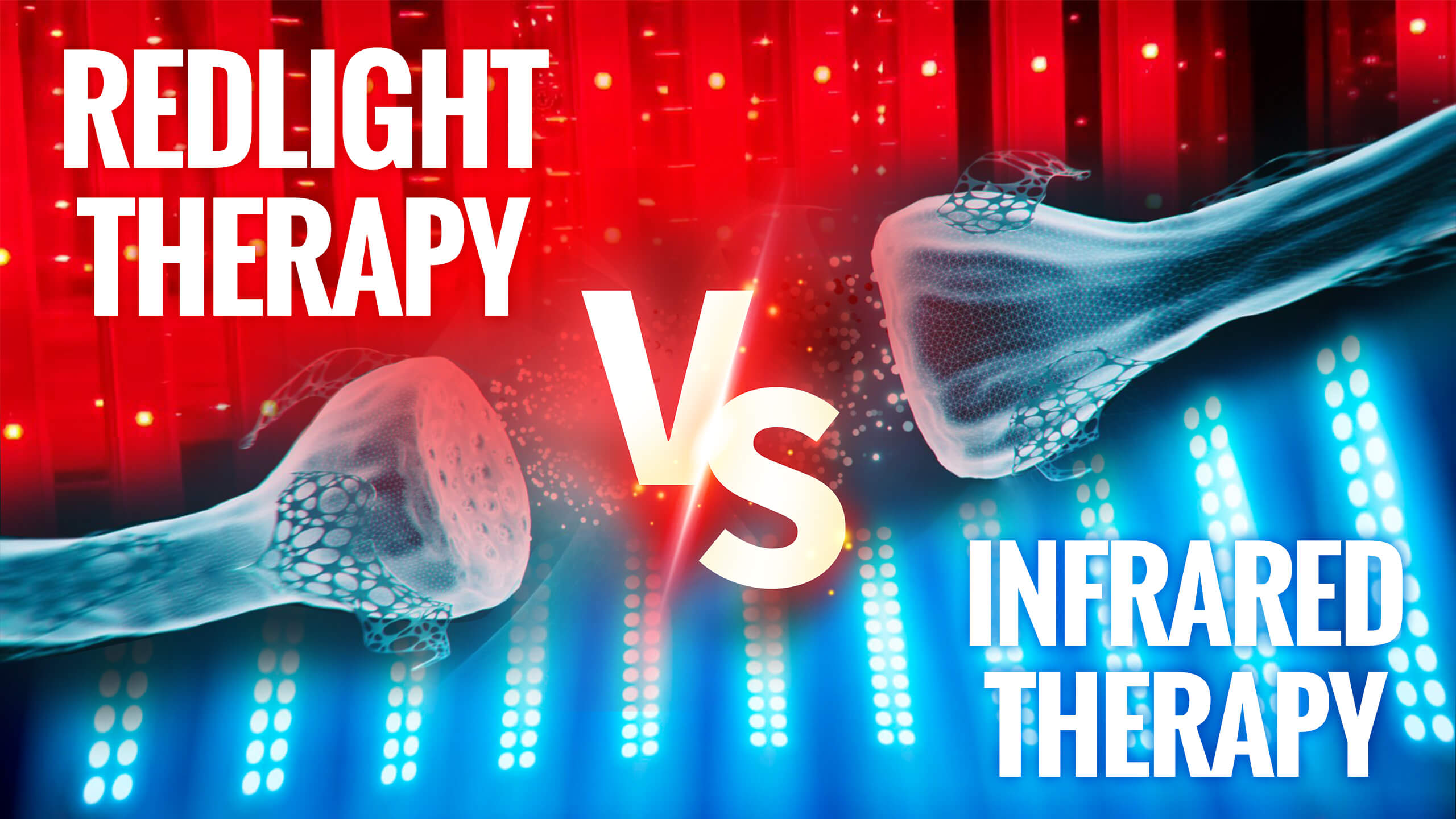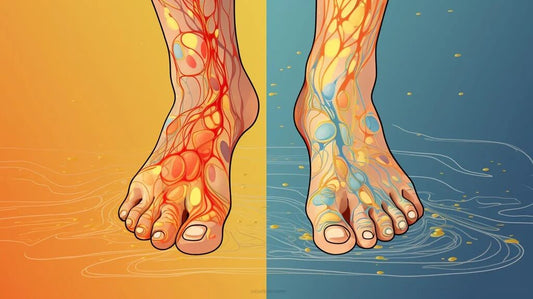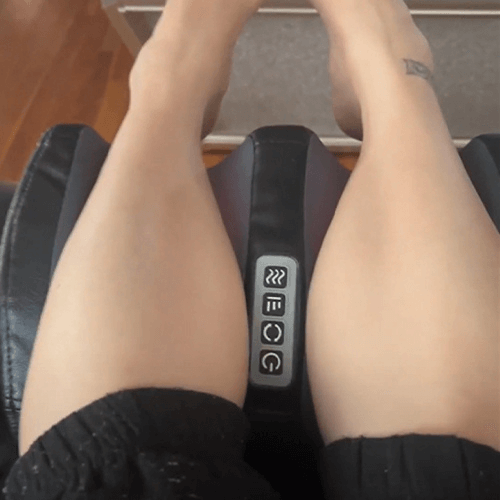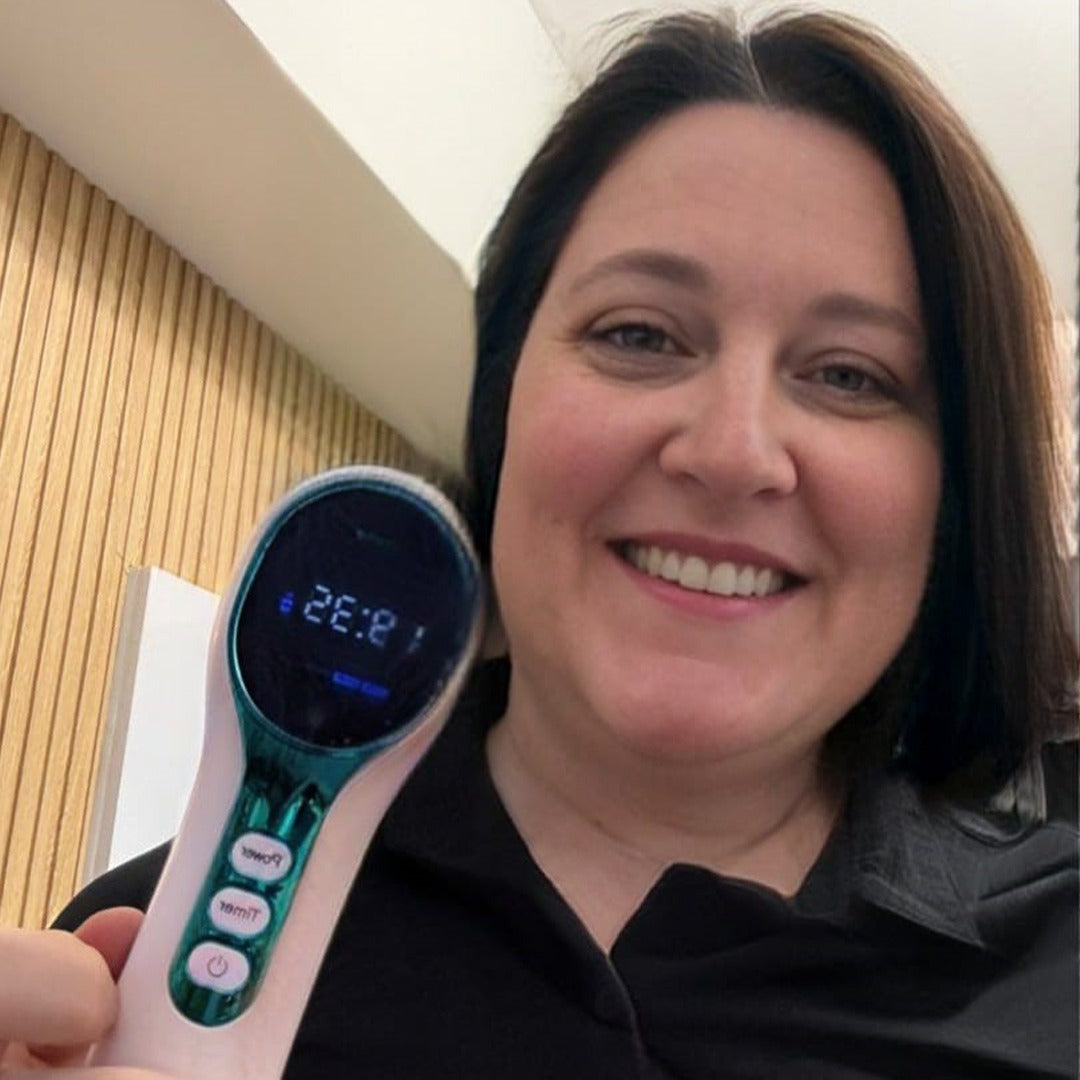Most people don’t know this, but choosing the wrong light therapy could mean months of pain with no results.
If you have burning, tingling nerve pain, there’s a good chance you’ve heard about Red Light and Infrared Light Therapy.
They sound similar.
But here’s the real surprise: only one goes deep enough to actually help your nerves heal.
Let’s find out how they work and which one is better for your nerves.
What Is Red Light Therapy?
Red Light Therapy uses a special kind of light in the red part of the light spectrum...
The kind you can see.
It shines directly on your skin and helps the top layers of your body work better.
Doctors and wellness centers often use it for skin and minor injuries.
How It Works:
When red light hits your skin, it’s absorbed by the cells.
It helps the mitochondria (tiny engines in your cells) make more energy.
This extra energy can help your body heal faster.
Red light also helps reduce swelling and makes blood flow better in the top layers of skin.
What It's Good For:
-
Skin problems like acne, scars, or wrinkles
-
Small cuts or bruises near the surface
-
Mild pain and swelling near joints or muscles
What It Can't Do:
Red light only goes about half an inch deep.
That’s great for surface issues but not enough to help with nerve pain that comes from deeper inside your body.
It may calm symptoms for a while, but it usually can’t fix the real problem.
What Is Infrared Light Therapy?
Infrared Light Therapy uses light you can’t see, but your body can still feel.
It’s in the “invisible” part of the light spectrum and goes much deeper...
Up to 2 inches or more under your skin.
It’s often used for bigger problems like nerve pain or deep muscle injuries.
How It Works:
Infrared light travels deeper into your muscles, joints, and nerves.
Like red light, it helps mitochondria make more energy.
But it also does more:
It improves blood flow in deep tissues and may even help your body grow new nerve cells by turning on special healing signals.
What It's Good For:
-
Deep pain in muscles or joints
-
Nerve pain like burning or tingling in feet or hands
-
Long-term pain from injuries or diabetes
Why It’s Better for Nerve Healing:
Nerves are usually located deeper in the body.
Infrared light can reach those spots, helping repair the actual nerve—not just dulling the pain.
Over time, it may even help restore feeling and movement in areas affected by nerve damage.
Red Light vs. Infrared Light: Side-by-Side Comparison

Bottom line: Red light helps manage symptoms at the surface, while infrared therapy goes deeper to address the root cause of neuropathy.

Do You Need Two Devices?
Not necessarily.
Today, many devices combine both red and infrared light to offer complete healing benefits.
One example is the RedRevive wand. It features:
-
Red light for swelling and surface pain
-
Infrared light for deeper healing and nerve repair
This combo helps you feel better on the surface and deep inside, all in one session.
Final Thoughts: Which One Should You Choose?
Both therapies offer unique advantages:
-
Red Light Therapy improves circulation and reduces inflammation.
-
Infrared Light Therapy penetrates deeper to help regenerate damaged nerves.
For many people with neuropathy, using both together offers the best results.
And no matter which therapy you choose, the key to success is consistency, nerve healing takes time and regular treatment.








